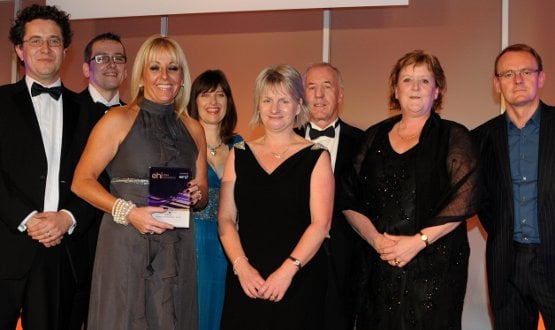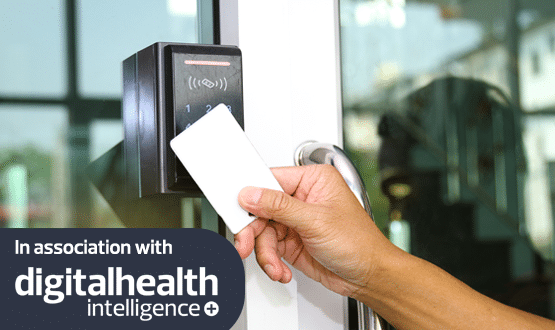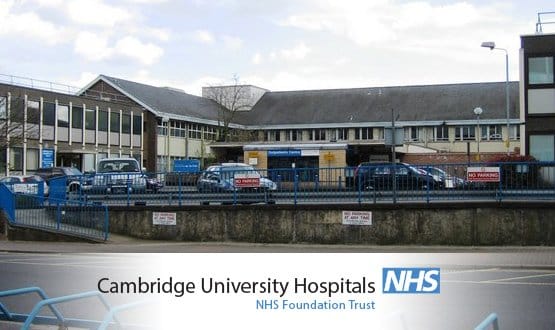EHI Awards 2011: Video star
- 29 February 2012

Telehealth projects have had a mixed press to date. At worst, they are characterised by large amounts of upfront investment, poor take-up and little evidence of clinical benefit.
Yet, when they go right, that picture can be turned on its head – as shown by the winner of the ‘best use of telehealth and telecare’ category at the EHI Awards 2011 in association with BT.
The Tele-Pulmonary Rehabilitation programme in Scotland, which is led by health helpline NHS 24, is delivering pulmonary rehabilitation via videolink to patients suffering from chronic obstructive pulmonary disease.
Trials still going
Pulmonary rehabilitation is a service that can bring benefits to patients with chronic lung disease. The accepted changes include improved exercise performance and health status, reduced breathlessness, and social, psychological and emotional benefits.
However the availability of pulmonary rehabilitation across the UK is patchy. In Scotland, only 1.7% of eligible patients were receiving the service when the Tele-Pulmonary Rehabilitation project was launched in July 2010.
Its aim of was to improve availability, using video-links as part of a model that had first been trialled on a small number of patients in NHS Tayside in 2008.
Five health boards – Lothian, Dumfries and Galloway, Western Isles, Borders and Tayside – signed up to the year-long programme, which ended in July 2011. Since then, all five have continued to offer the service.
Hub and spoke
The programme works by using video-conferencing technology on a hub and spoke model. The ‘hub’ – a conventional class – is linked to a ‘remote’ or ‘spoke’ class.
This means that patients attending the remote class can take part in the same programme as the conventional class, without having to travel too far.
The programme was evaluated by Aberdeen University’s Centre for Rural Health http://www.sctt.scot.nhs.uk/pdf/remotepr.pdf. It was found to deliver the same clinical benefits to patients in the remote class as to those in the conventional class – while enabling 30% more patients to be seen.
Morag Barrow, who led the project as clinical lead for COPD at NHS 24 and allied health professional manager at NHS Lothian, says: “Patients have been extremely satisfied.
“From a staff point of view, there was a bit of scepticism to start with – but staff have really grasped the concept and embraced the innovation.”
The key selling points for clinicians were the prospect of reaching patients who had previously missed out on pulmonary rehabilitation and reducing the amount of time they spent travelling, so they could spend more time with patients.
Saving time and money
COPD accounts for more than 10% of acute hospital admissions in Scotland and costs the country £818m. Some 45% of people living with COPD live in Scotland’s most isolated areas.
For NHS 24 and the health boards, the incentive was to implement a system that offered clinical benefits and potential cost savings at a time of cost pressures.
Barrow adds: “There are lots of little pockets of telecare and telehealth, but we wanted to do something a bit bigger.”
The programme’s aim was not to test the concept of pulmonary rehabilitation, but to examine whether the same benefits could be delivered via video conferencing
Barrow adds: “Traditionally, classes have tended to be held in hospitals and sometimes patients have to travel quite a distance. We wanted to test whether we would get the same outcomes from video conferencing.
“This would mean the patients wouldn’t have to travel as far. And, from the manager’s point of view, more patients could be put through class if two classes were being held simultaneously.”
The system was set up so the conventional class, run by a physiotherapist, was linked to a remote class, and could supervise both classes simultaneously. A physiotherapy assistant was available in the remote class to ensure patient safety.
Digital video conferencing software linked the two sites together, with the image from the conventional class projected onto a wall or screen to make the image larger and more visible.
Over the course of the programme, 216 patients were seen – half in conventional classes and half by videolink.
Clinical outcomes were measured using a questionnaire covering breathlessness, fatigue, emotional function and sense of control over the disease.
Patients from both conventional and remote classes were found to have made improvements in line with the clinical outcomes delivered by other pulmonary rehabilitation programmes.
Patient stories of their experiences were also recorded and are available on the Patient Voices’ website http://www.patientvoices.org.uk/sth.htm .
The costs of the project were kept down because, where possible, health boards used their existing PC-based video conferencing equipment such as Microsoft Office Communicator to run the sessions.
This meant they didn’t need to make a heavy capital investment in custom made telehealth equipment. Barrow adds: “We weren’t going into boards asking them to spend £200,000 on standalone equipment, but telling them that we would use whatever they had available.”
The evaluation calculated the cost per patient in NHS Lothian to be £76, in comparison to £131 for a traditional programme run in 2009-10. The programme also calculated a positive impact on NHS Scotland’s carbon footprint.
Next steps
One of the unusual aspects of the project was that it worked across health boards, and the ambition is now to extend the project nationwide.
Barrow says the team was delighted with win the EHI Awards 2011 in association with BT, but it is certainly not planning to rest on its laurels.
The project team is also working on plans for phase two of the project, which aims to deliver tele-pulmonary rehabilitation in patients’ homes for those with much more severe COPD.
There is also discussion about delivering the service in joint projects with similar programmes, such as cardiac rehabilitation services, in areas such as the Western Isles, where patient numbers are low.
Barrow adds: “The challenge is take the good practice and roll it out on a larger scale and we are starting to go with some of these things.”




